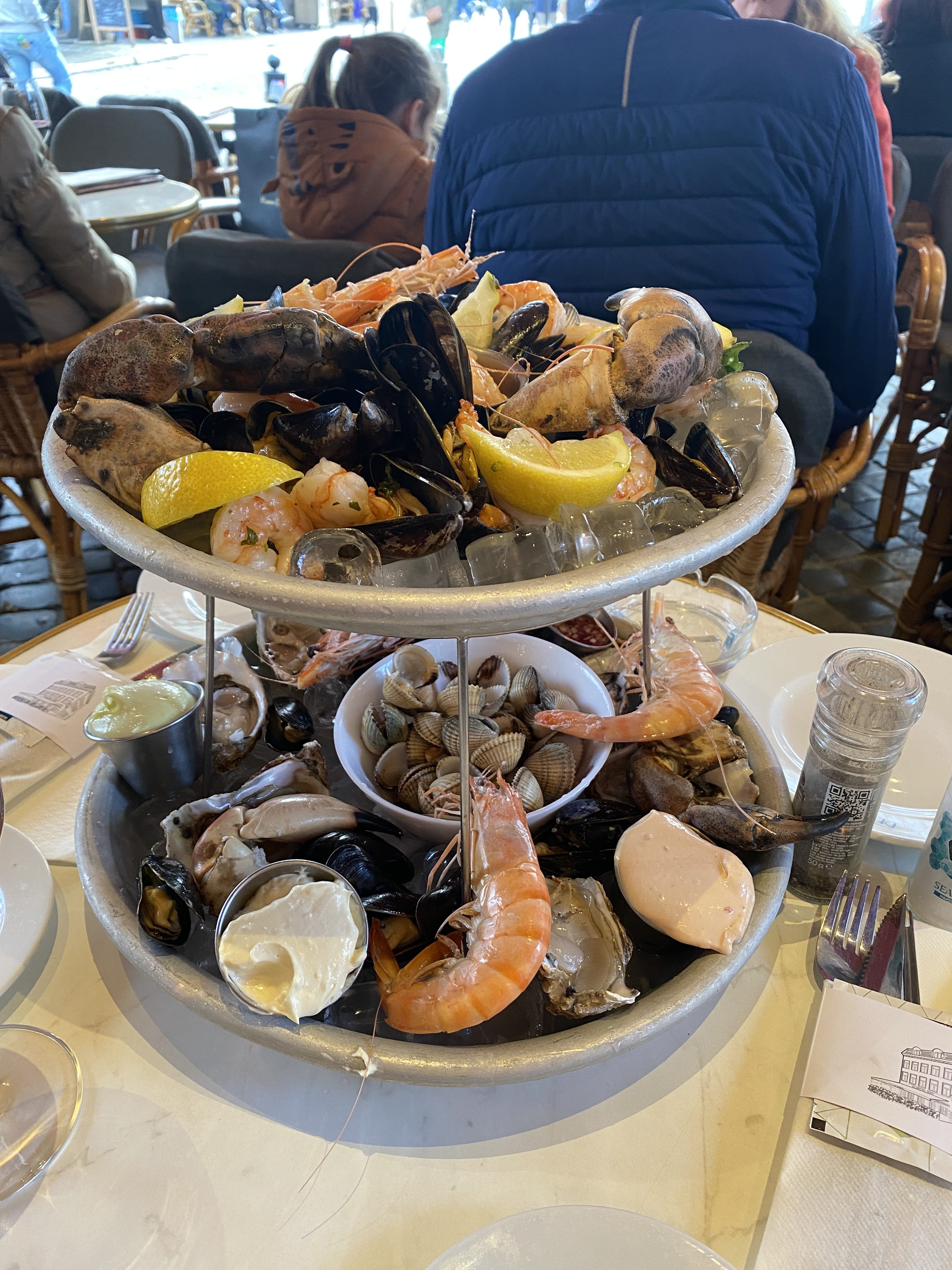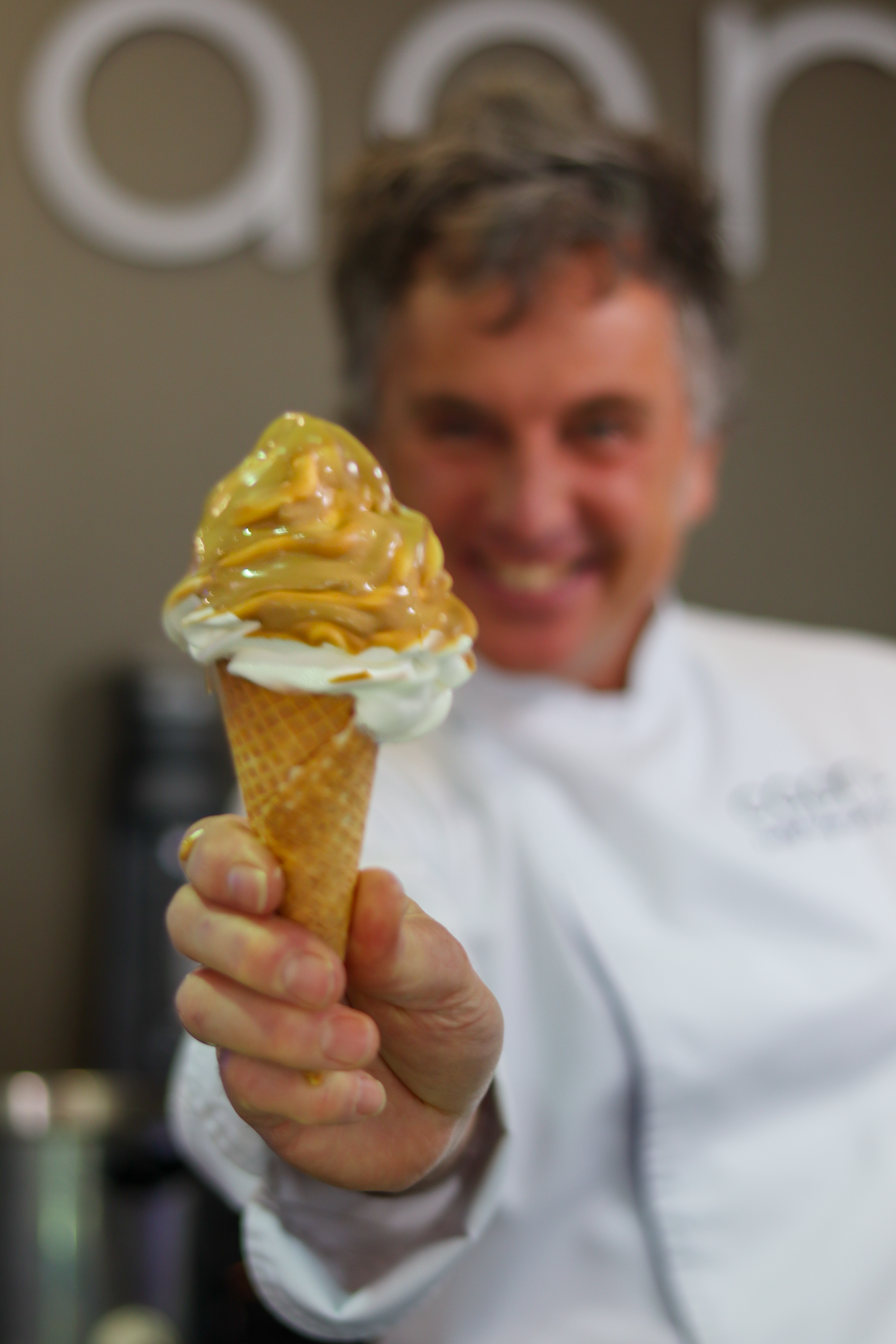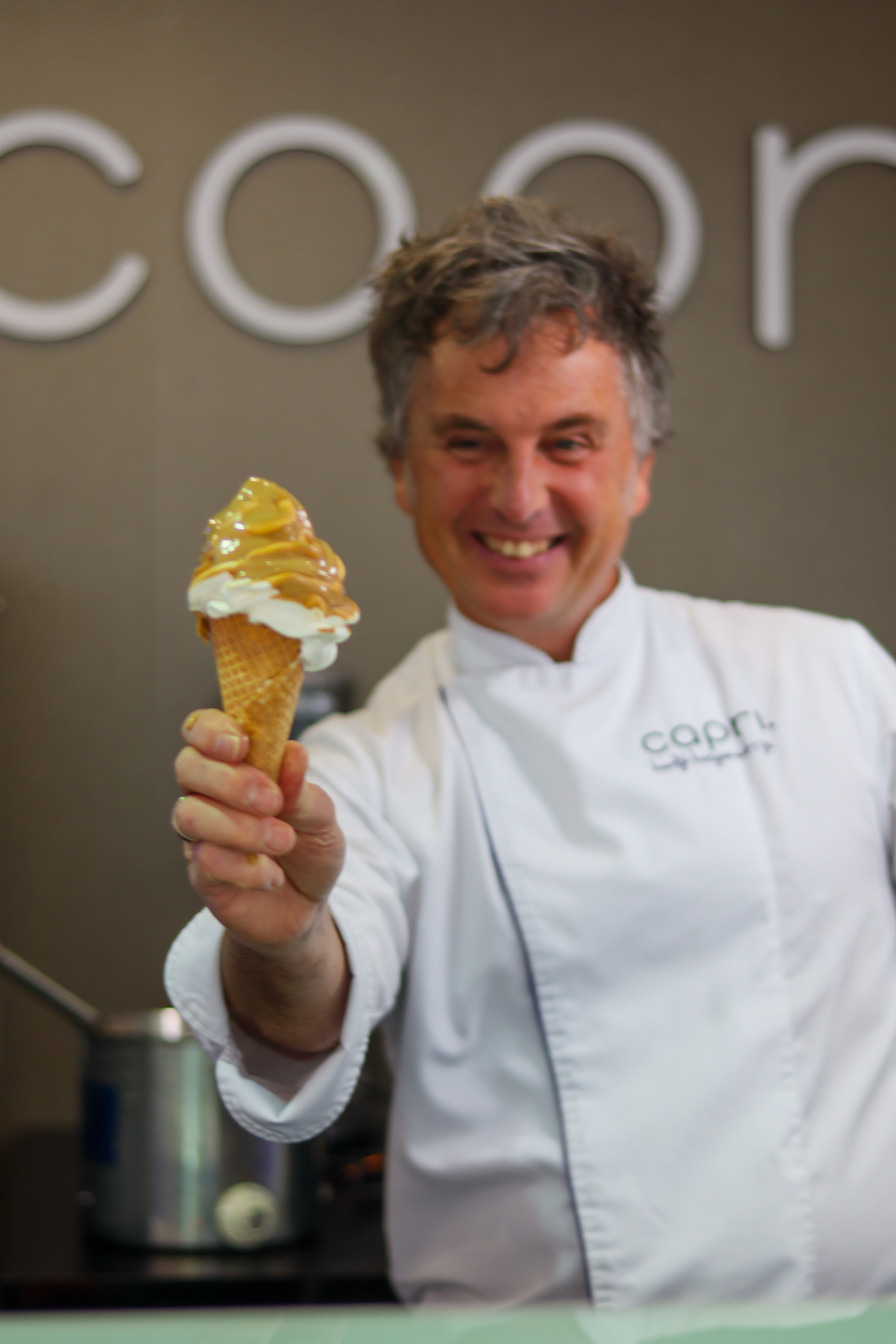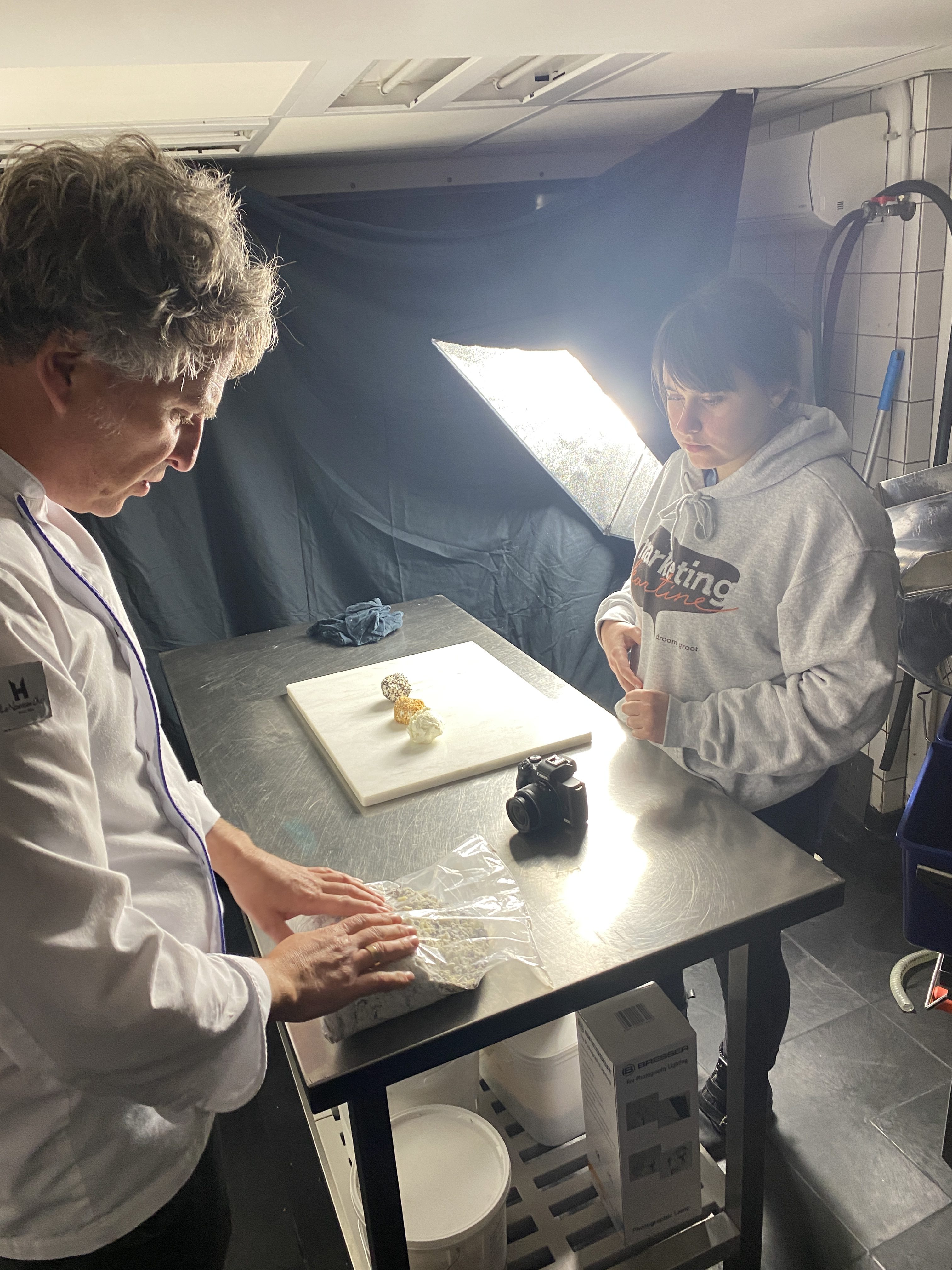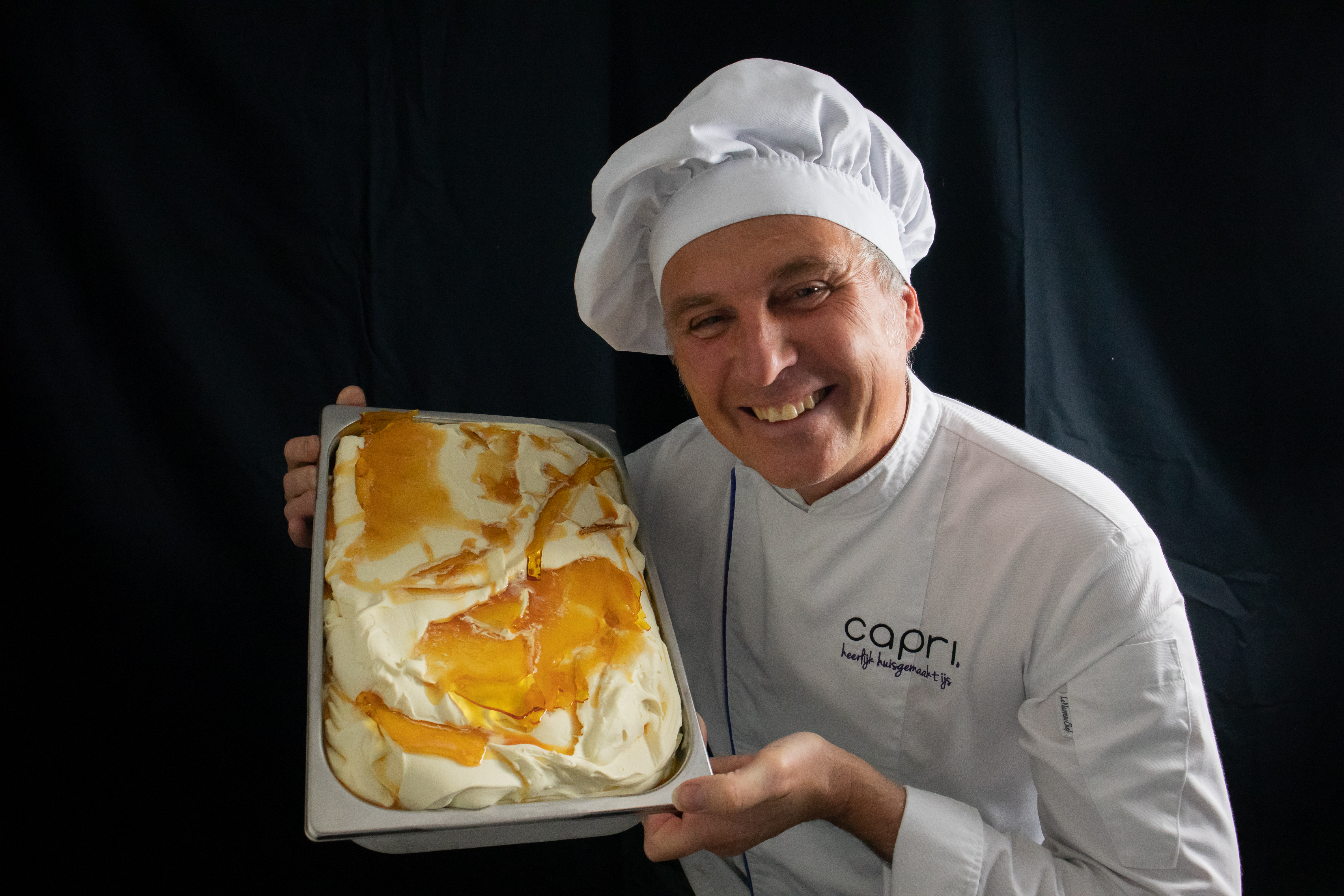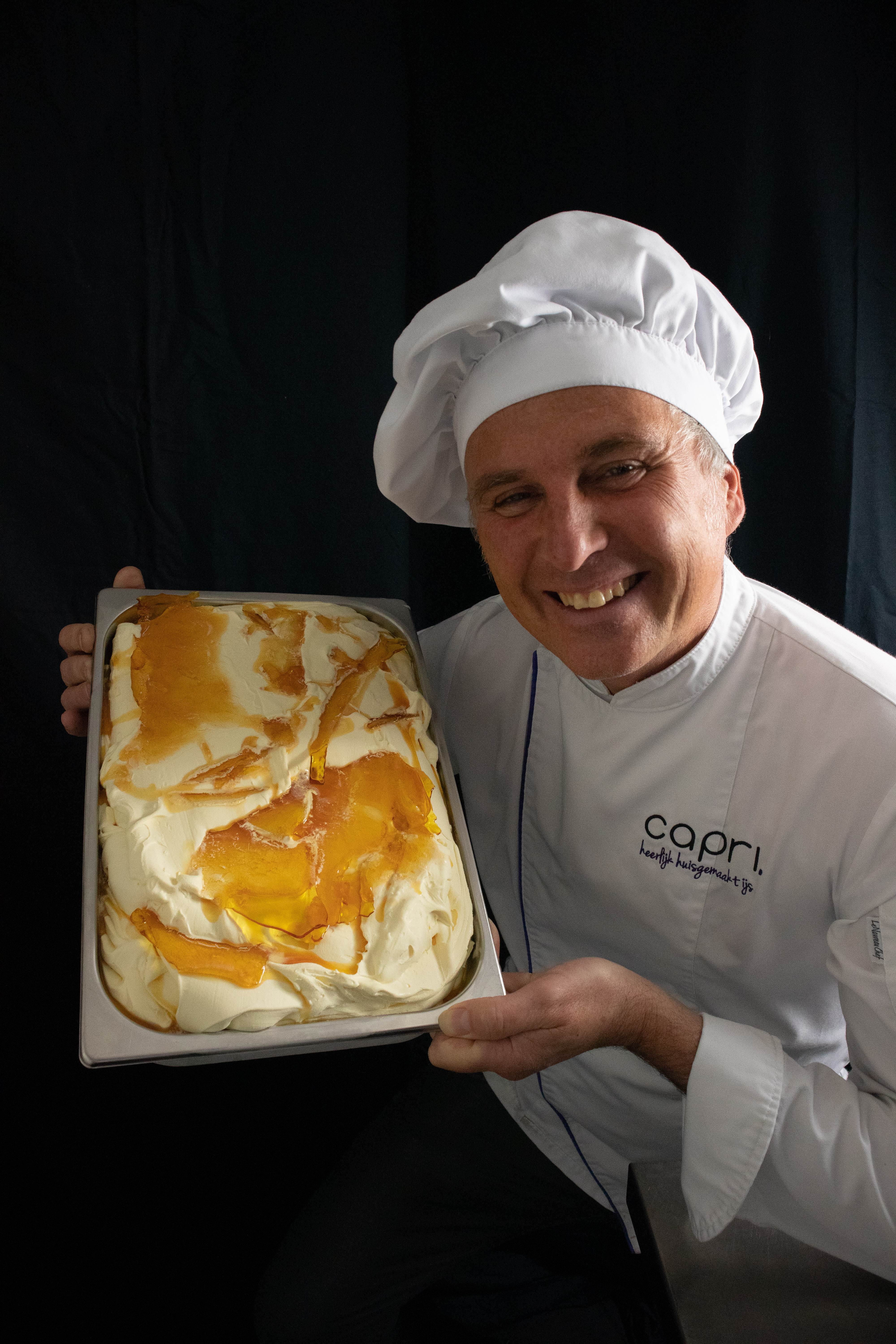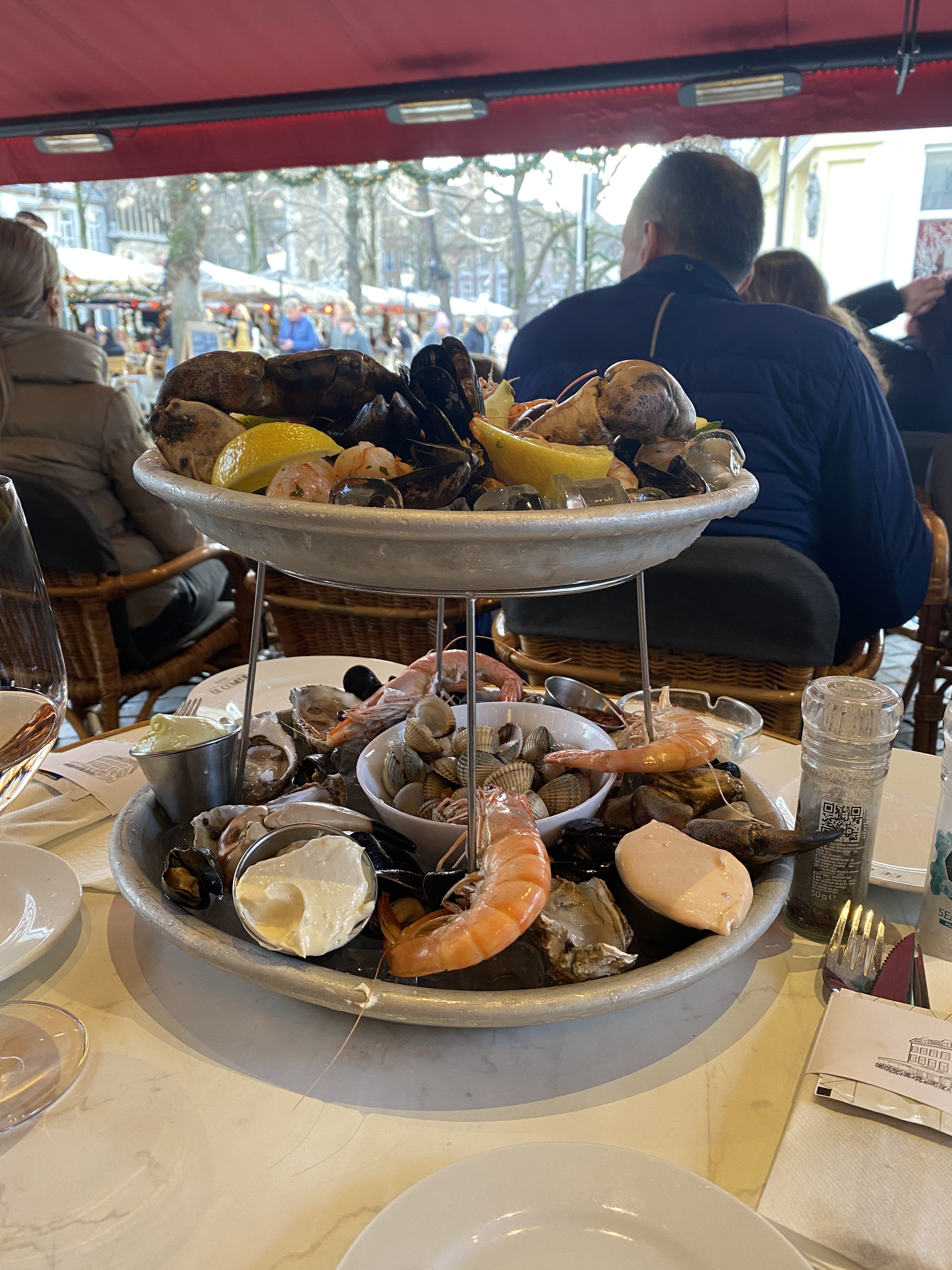
Fish and seafood are not just food items but part of Dutch cultural identity and heritage. Festivals celebrating fresh fish, shrimps and oysters, such as the “Vlaggetjesdag” (Flag Day) marking the arrival of the new herring catch, or oyster tasting events highlight the importance of these traditions. The sustainable fishing practices in the Netherlands also reflect a deep respect for the natural environment and a commitment to preserving this vital resource for future generations.
In essence, the way Dutch people eat fish and oysters is a blend of tradition, convenience, and celebration, deeply intertwined with the country’s maritime heritage and contemporary culinary practices.
This moment, here on this Maastricht terrace with my fruits de mer
Seated comfortably on a charming terrace in the heart of Maastricht, I take in the vibrant energy of the bustling square around me. The melodic sounds of chatter and laughter fill the air, creating the perfect backdrop for my culinary adventure. Today, I’m indulging in a true luxury: a platter of ‘fruits de mer.’
When the platter arrives, it’s a feast for the eyes as much as the palate. An array of the finest seafood is artfully arranged: oysters, mussels, shrimp, clams, and even a lobster. Each piece glistens with freshness, a testament to the bounty of the sea.
I start with the oysters, freshly shucked and resting on a bed of crushed ice. Their shells are cool and smooth in my hand. I squeeze a bit of lemon and add a dash of mignonette sauce, then take the first bite. The oyster’s delicate, briny flesh is perfectly balanced by the tangy accompaniments. Next, I move on to the mussels, cooked to tender perfection and bathed in a light garlic and white wine broth. Each bite is a delightful burst of flavor, a sweet reminder of the ocean.
As I savor each morsel, I take a moment to appreciate my surroundings. The terrace offers a perfect view of Maastricht’s daily life. Historic buildings frame the scene, their timeless facades whispering stories of centuries past. Modern cafes and shops add a contemporary flair, creating a blend of old and new that feels uniquely vibrant and alive.
To complement my meal, I have a chilled glass of white wine. Its crisp acidity and subtle fruitiness provide a delightful contrast to the rich seafood, enhancing every bite. The wine’s coolness is refreshing against the warmth of the afternoon sun.
This moment, here on the terrace enjoying ‘fruits de mer,’ is a celebration of life’s simple pleasures. The joy of great food, the company of the city’s lively ambiance, and the beauty of my surroundings make this experience unforgettable. As I linger over my meal, I realize that Maastricht, with its unique charm and vibrant culture, offers not just a feast for the stomach, but a feast for the soul.
Culinary Traditions and Modern Trends
Markets and Fish Stalls:
Fresh fish and seafood can be found at local markets and fish stalls throughout the country. These stalls are popular spots for quick, casual meals and snacks.
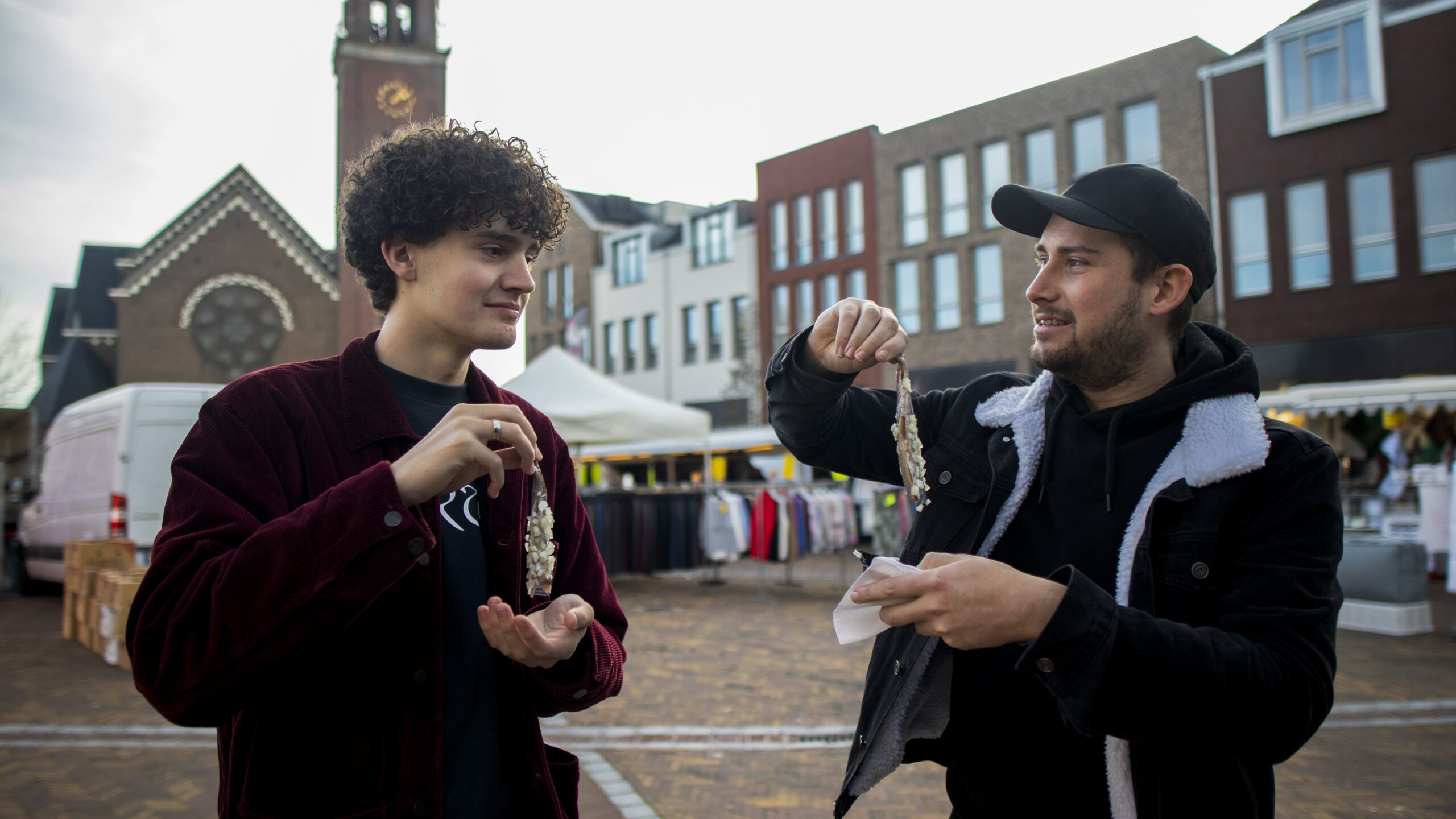
Home Cooking:
Fish is a staple in many Dutch households. Simple preparations like baking, grilling, or frying fish fillets are common. Fish stews and soups, such as the rich, creamy Dutch fish soup known as “vissoep,” are also beloved home-cooked dishes.
Dining Out:
Seafood restaurants, especially in coastal areas, offer a wide range of dishes showcasing the best of Dutch seafood. From upscale dining experiences to casual beachside eateries, there is a strong emphasis on fresh, local ingredients.
The Dutch and their oysters
While not as ubiquitous as herring, oysters are a cherished delicacy in the Netherlands. They are typically enjoyed fresh and raw, often with a squeeze of lemon or a dash of mignonette sauce. Zeeland, a southwestern province, is particularly famous for its oyster beds and festivals celebrating the oyster season.
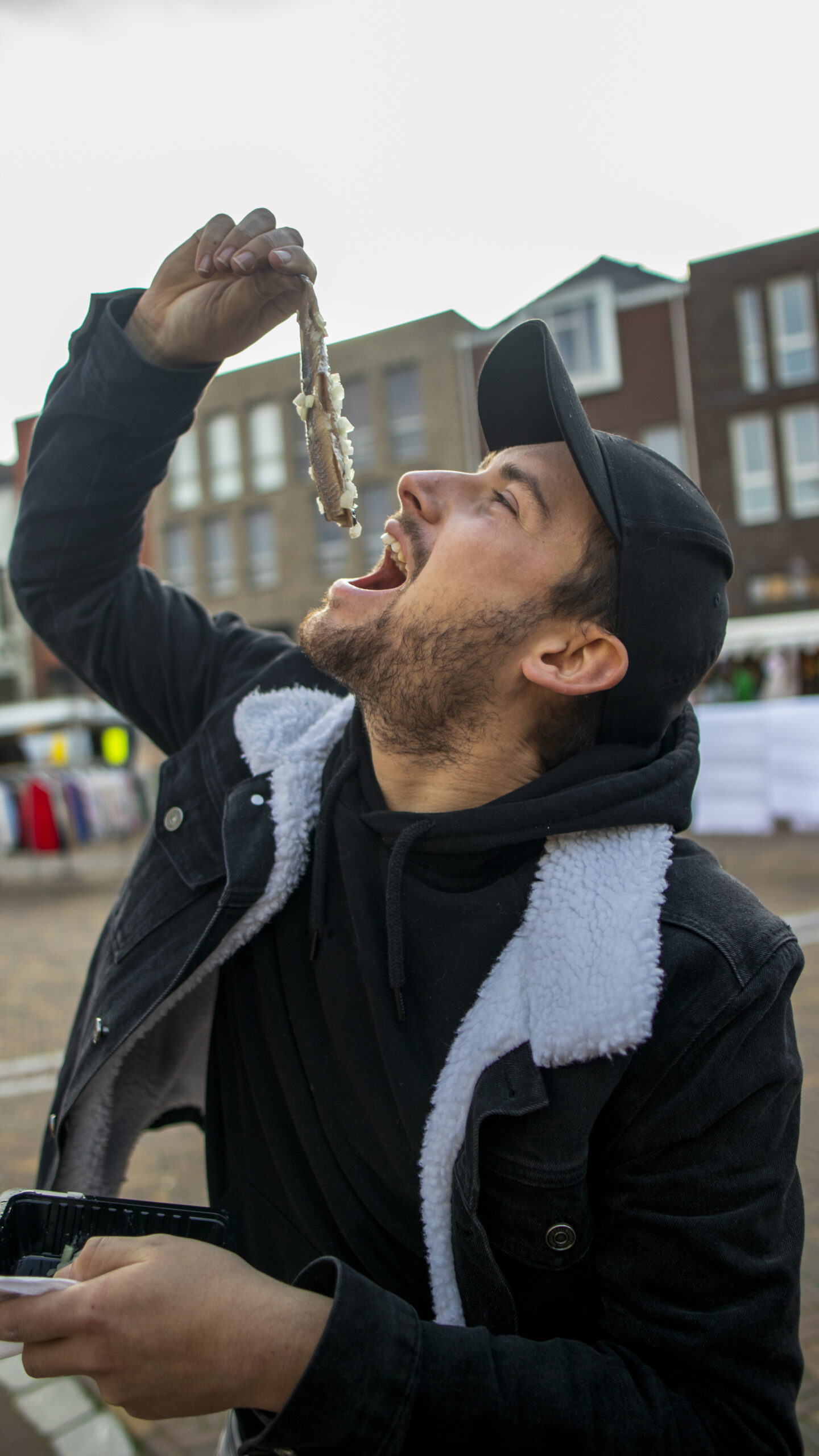
Yerseke, a small fishing village in the province of Zeeland in the Netherlands, is renowned for its oysters and mussels. Located on the shores of the Eastern Scheldt estuary, Yerseke has a rich maritime heritage and is a significant hub for shellfish cultivation. Here’s an in-depth look at Yerseke and its connection to oysters:
The oyster capital of the Netherlands
Public viewing events are another key feature of these celebrations. Large screens are set up in city squares, parks, and bars, where fans gather to watch the matches together. These events are marked by a carnival-like atmosphere, with singing, chanting, and various forms of entertainment before and after the games.
Historical Background
Yerseke’s history with oyster farming dates back to the late 19th century. The Eastern Scheldt’s unique brackish water environment, with a mix of saltwater from the North Sea and freshwater from rivers, provides ideal conditions for oyster cultivation. Over the decades, Yerseke has developed into the primary center for the Dutch oyster industry.
Oyster Farming
- Traditional methods: Oyster farming in Yerseke is a time-honored tradition. Farmers cultivate oysters in designated beds in the Eastern Scheldt, carefully managing the growth and harvesting processes to ensure high-quality produce. The cultivation methods have been passed down through generations, blending tradition with modern techniques.
- Types of oysters: Yerseke is known for two main types of oysters:
- Zeeuwse Platte (Flat Oyster): Known for its delicate flavor and velvety texture, this oyster is considered a luxury product.
- Creuse (Pacific Oyster): Introduced in the 1960s, the Pacific oyster is more robust and has a slightly stronger flavor than the flat oyster.
Oyster experience in Yerseke
Oyster Farms and Tours
Many oyster farms in Yerseke offer tours, providing visitors with an immersive experience. These tours often include:
- Educational Insights: Learning about the oyster cultivation process, from spawning to harvesting.
- Tastings: Sampling freshly shucked oysters directly from the farms, often paired with local white wine.
- Boat Tours: Exploring the oyster beds on the Eastern Scheldt, where visitors can see firsthand how oysters are cultivated and harvested.
Culinary delights
Yerseke’s local restaurants and seafood markets feature a variety of oyster dishes. Visitors can enjoy oysters raw, accompanied by lemon and mignonette sauce, or try them in more elaborate preparations such as grilled oysters with garlic butter or oyster stews.
Annual oyster festivals
Yerseke hosts annual oyster festivals that celebrate the start of the oyster season. These events attract visitors from all over the country and beyond, offering a lively atmosphere with:
- Oyster tasting events: Large tastings where visitors can sample a wide variety of oysters in October.
- Culinary competitions: Chefs competing in oyster shucking and preparation contests.
- Cultural activities: Music, parades, and exhibitions highlighting the maritime heritage of Yerseke.
Economic and environmental Impact
The oyster industry is a vital part of Yerseke’s economy, providing employment and supporting local businesses. Additionally, sustainable oyster farming practices are essential to maintaining the health of the Eastern Scheldt ecosystem. Oysters play a crucial role in water filtration and habitat creation, contributing to the overall biodiversity of the area.
Visiting Yerseke
For those interested in culinary tourism, Yerseke offers a unique opportunity to experience the world of oyster farming up close. The village’s picturesque setting, combined with its rich cultural and gastronomic heritage, makes it a must-visit destination for seafood lovers.
In summary, Yerseke is more than just a village; it is a symbol of Dutch maritime culture and culinary excellence. Its oysters are celebrated for their quality and flavor, and the village itself offers a unique blend of tradition, education, and gastronomic delight.
For more information:
Categories
- Country battle (1)
- Dutch events (3)
- Dutch tradition (7)
- Dutch way of life (3)
- Fight against water (1)
- on my way (3)

